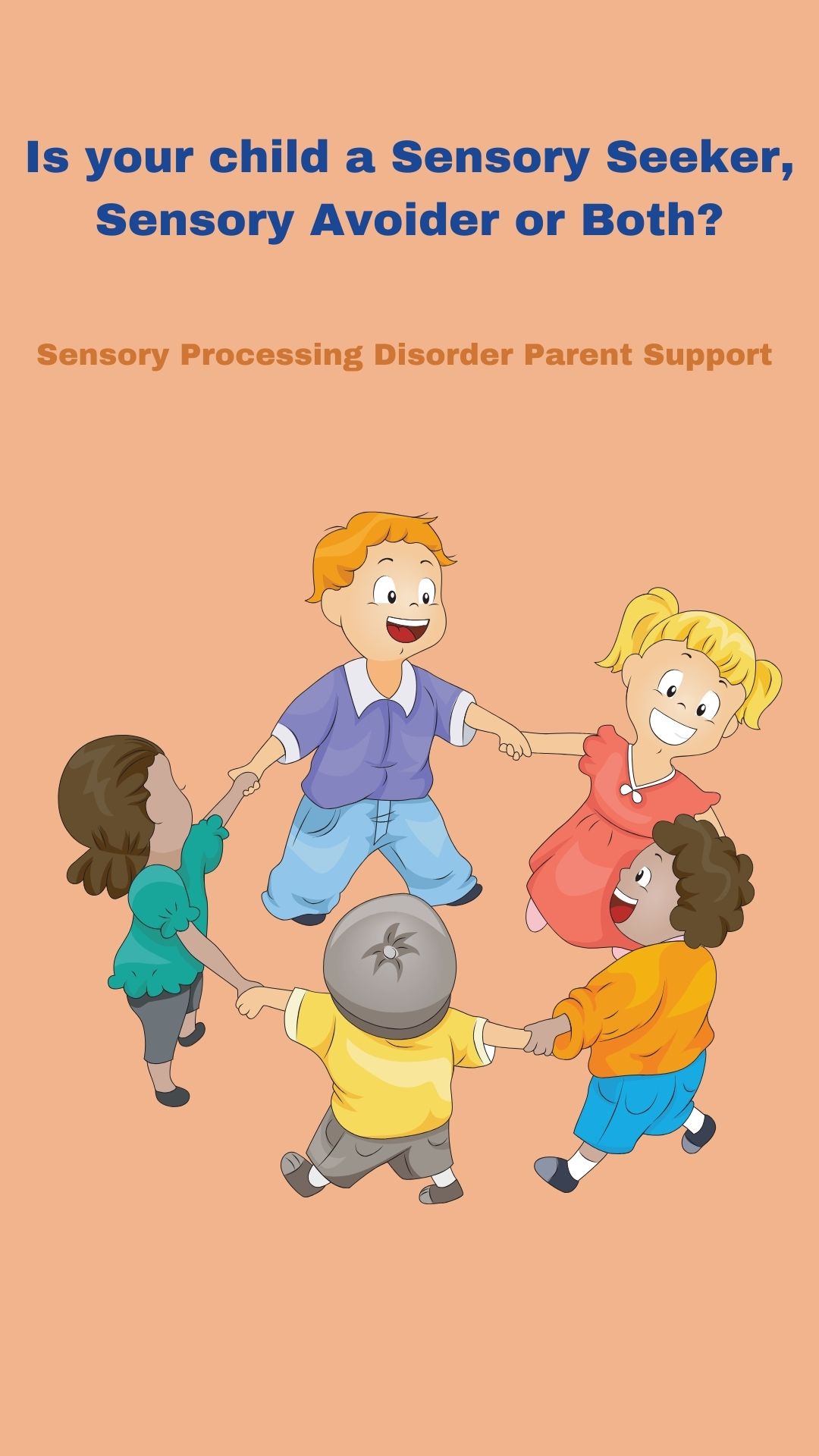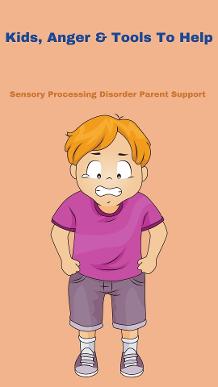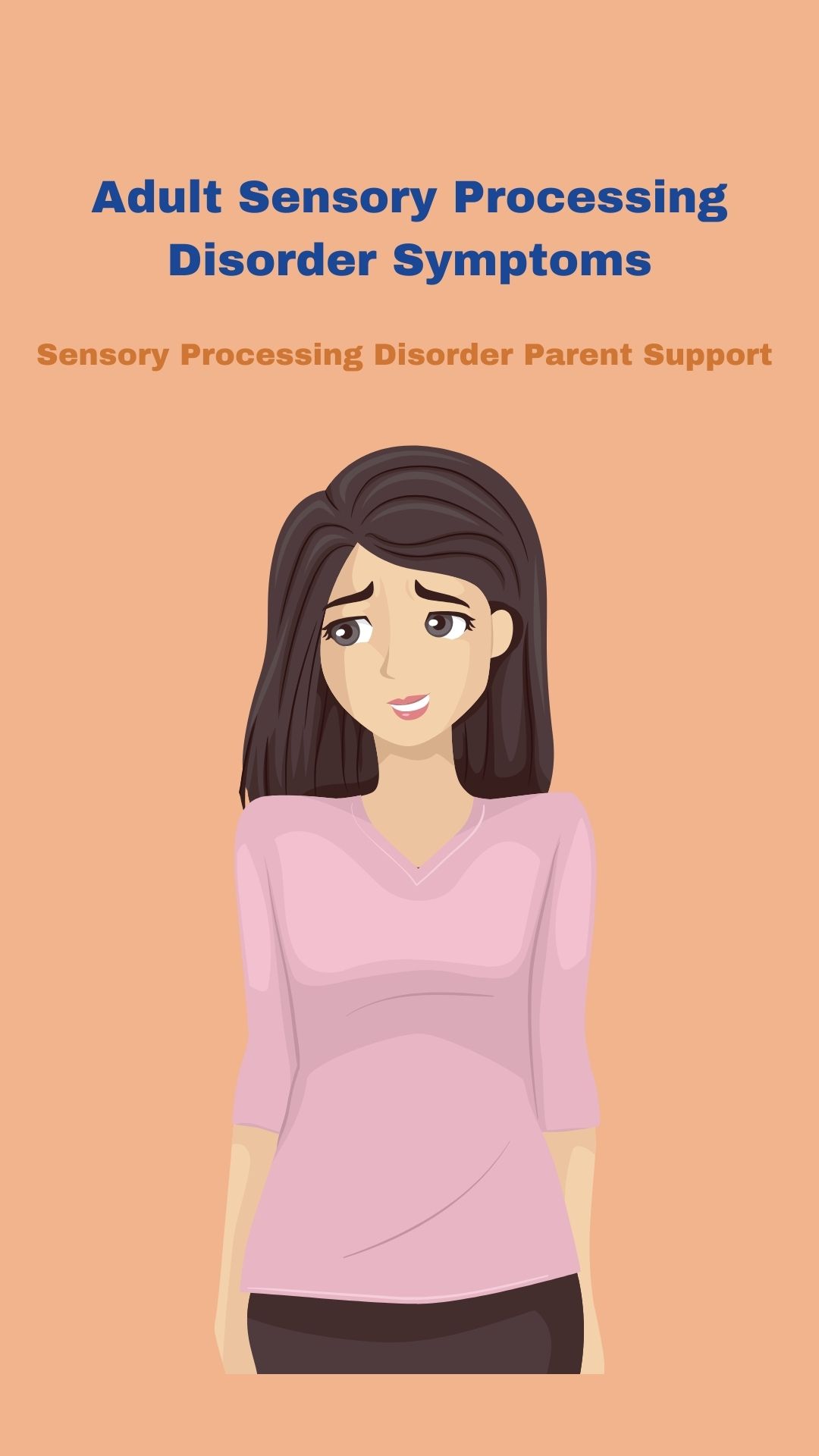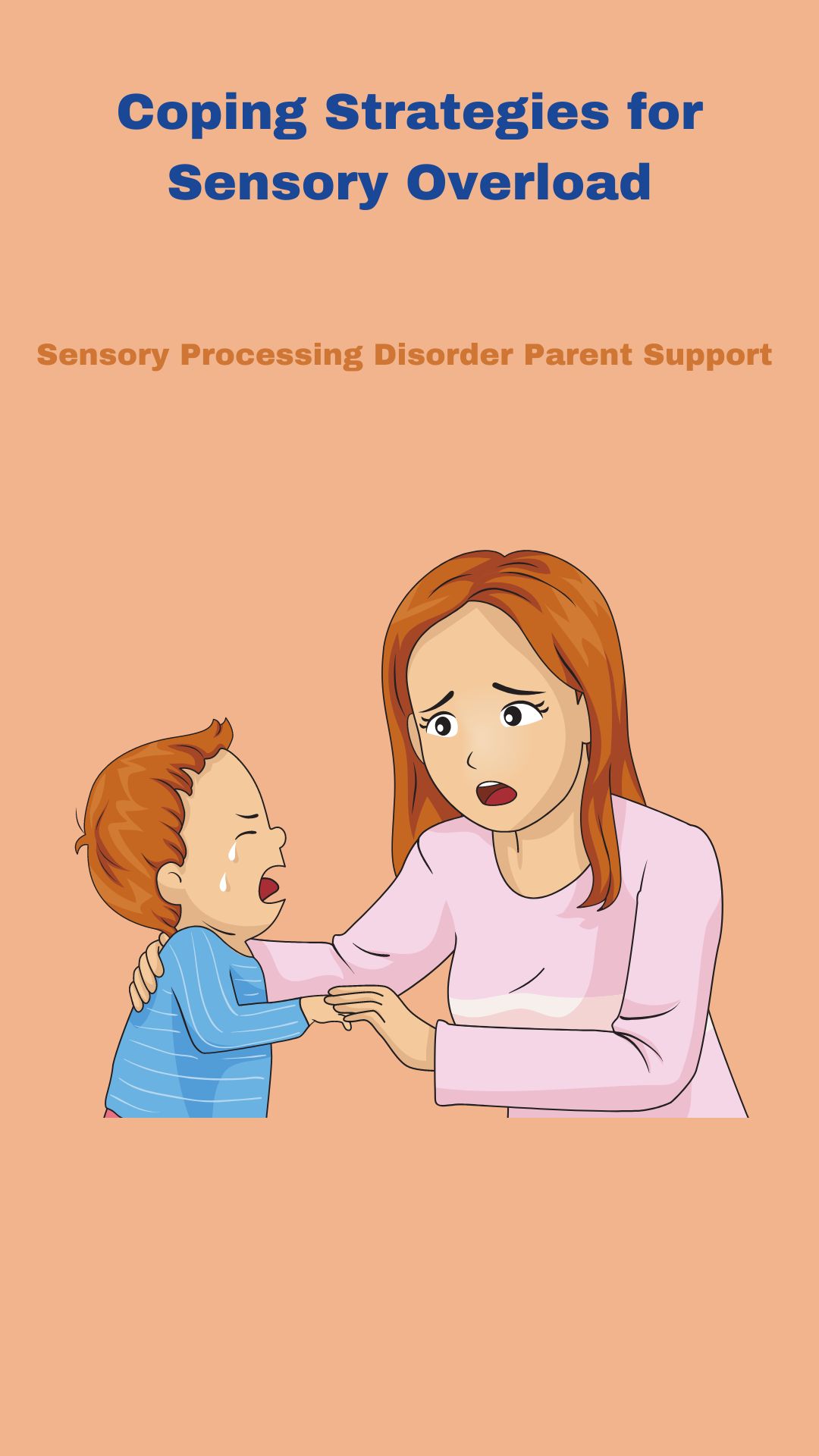What Is Stimming?
Stimming is short for self-stimulation and is a term used to describe repetitive body movements or sounds that children may do to feel calm, self soothe or stimulate themselves.
It is common behavior among autistic children, adults and also individuals who have attention deficit hyperactivity disorder and sensory processing disorder.
Stimming is not exclusive to children with these conditions and can also be seen in typically developing children too.
When children are hypersensitive or overly sensitive to sensory input they may start stimming because they want to reduce sensory stimulation or they feel that their environments and surroundings are just too much for them.
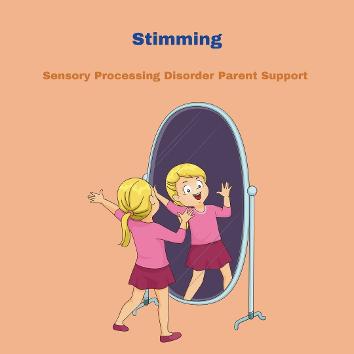
When children are hyposensitive or under-responsive to sensory input, stimming may actually increase arousal. You may notice they are doing self-stimulatory behaviors that are providing them with sensory input, this could be flapping their arms or spinning in circles.
A child may stim to regulate their sensory input and emotions. Children with sensory processing difficulties stim because stimming can help them cope with sensory overload or under-stimulation. It can also serve as a form of self-expression and communication, especially for non speaking children.
Stimming can possibly become self-injurious behavior such as biting themselves but not all self-injurious behaviors are considered stimming. Stimming can be hand flapping, rocking, spinning, humming or repeating the same phrases. You may notice your child stimming at home, in school, or in public places. While stimming may seem concerning to some people, it is very important to understand stimming and to not judge anyone who may be stimming.
A child may stim because it provides them with some sensory input or a child could stim to regulate their sensory input, either increasing stimulation or decreasing their sensory overload. There are different types of stimming and from all of our sense like visual stimming, olfactory stimming, auditory stimming, oral stimming, vestibular stimming and tactile stimming.
Stimming is a necessary coping mechanism for children but some may see it as a disruptive or embarrassing behavior that needs to be stopped. Stimming can be beneficial for children who have sensory processing disorder because it can help them to stay regulated and cope with the sensory input in their environment.
Please don't stop your child from stimming because it can be quite distressing for them and could possibly cause them to have increased anxiety and sensory meltdowns. It is important to know that stimming is not a behavior that can be easily controlled or just stopped. It is a part of the child’s neurodiversity and should be accepted and accommodated.
There are some situations when stimming can be harmful and interfere with a child’s life. If a child’s stimming is causing them self-injury or disrupts their learning or social interactions, then it may be appropriate to intervene. It is very important to get advice from a medical professional who can help you identify the cause and provide appropriate strategies to better cope and manage it.
It is important to accept stimming as a part of a child’s development, it is also important to address challenges that may come from stimming. You need to find a healthy balance between accepting and accommodating stimming while also providing appropriate support to the child to keep them safe.
Accept your child's stimming as a part of who your child is, accept your child's individuality, provide them with the support they need and give them an inclusive environment for them to stim freely. We need to learn how to embrace the uniqueness of every child, celebrate their differences which would include their stimming.
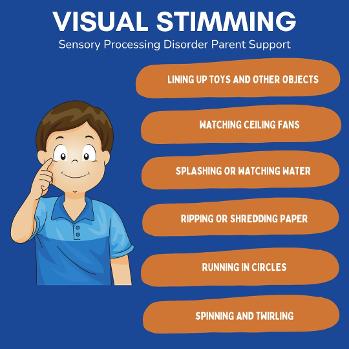
Visual Stimming
- shaking toys
- lining up toys and other objects
- pushing toy trucks to watch wheels
- spinning wheels on toy cars
- watching ceiling fans
- staring at lights in the room
- opening or shutting drawers
- walking in patterns
- splashing or watching water
- running sand or beans through hands while watching them
- throwing or dropping toys
- ripping or shredding paper
- running in circles
- excessive drawing or coloring
- watching a yoyo over and over
- head shaking
- spinning and twirling
- shaking toys
- lining up toys and other objects
- pushing toy trucks to watch wheels
- spinning wheels on toy cars
- watching ceiling fans
- staring at lights in the room
- opening or shutting drawers
- walking in patterns
- splashing or watching water
- running sand or beans through hands while watching them
- throwing or dropping toys
- ripping or shredding paper
- running in circles
- excessive drawing or coloring
- watching a yoyo over and over
- head shaking
- spinning and twirling
Auditory Stimming
- blurting out high pitched noises
- repetition odd noises or sounds
- excessively talking
- repeating portions of videos
- snorting
- throat clearing
- snapping fingers
- constantly singing
- reciting alphabet over and over
- banging on everything
- pounding toys or books
- excessive pretend play
- repeating the same T.V show
- tapping on ears or objects
- covering and uncovering ears
- blurting out high pitched noises
- repetition odd noises or sounds
- excessively talking
- repeating portions of videos
- snorting
- throat clearing
- snapping fingers
- constantly singing
- reciting alphabet over and over
- banging on everything
- pounding toys or books
- excessive pretend play
- repeating the same T.V show
- tapping on ears or objects
- covering and uncovering ears
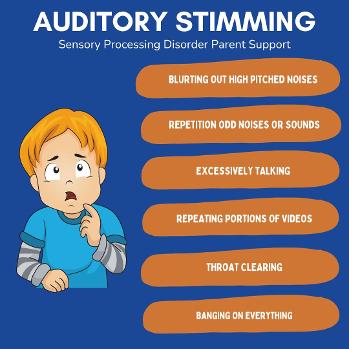
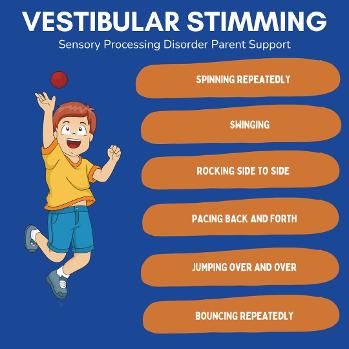
Vestibular Stimming
- spinning repeatedly
- swinging
- rocking side to side
- pacing back and forth
- jumping over and over
- bouncing repeatedly
- rocking back and forth
- spinning repeatedly
- swinging
- rocking side to side
- pacing back and forth
- jumping over and over
- bouncing repeatedly
- rocking back and forth
Tactile Stimming
- chewing on insides of cheeks
- chewing fingernails
- rubbing clothing
- scratching obsessively
- head banging
- teeth grinding
- spitting
- rubbing face and hands
- tapping surfaces with fingers
- chewing on insides of cheeks
- chewing fingernails
- rubbing clothing
- scratching obsessively
- head banging
- teeth grinding
- spitting
- rubbing face and hands
- tapping surfaces with fingers
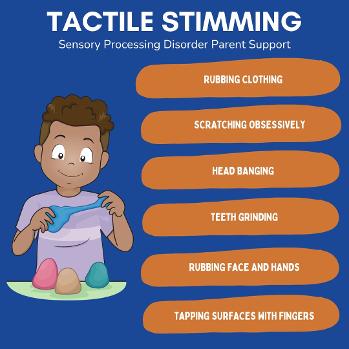
DISCLAIMER: I am not an Occupational Therapist. I am an adult who has Sensory Processing Disorder, a sensory parent and a Grandma. The information on this website is not medical advice and does not replace the information that your child's therapists gives you. These are just ideas and information that I have learned myself over the years of being a parent and an adult living with SPD. If you are concerned for your child, please always seek medical attention through a family doctor, pediatrician or therapist. This website is for suggestions and informational purposes only. Each child is different and what works for one child may not for another because all children have different needs. Please always consult with a professional.
Amazon offers a small commission on products sold through their affiliate links on my website. Each of your purchases through links on my website for Amazon affiliation links or sponsored links supports me but at no additional cost to you so thank you for your purchases. I appreciate it so much!
